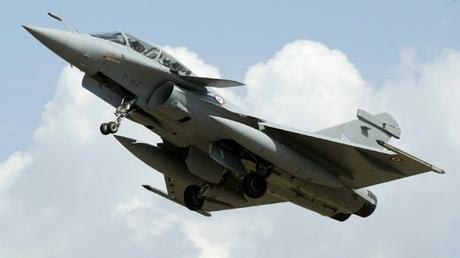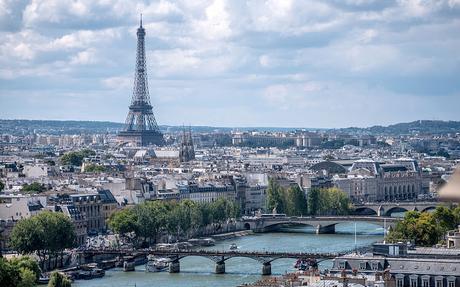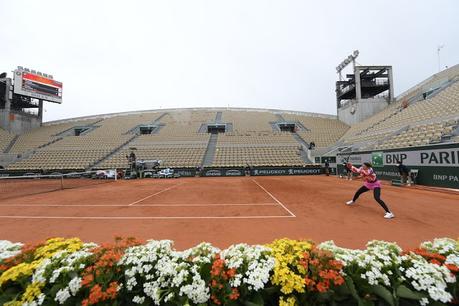
Fire insurance contract is "an agreement, whereby Insurer in return for a consideration undertakes to indemnify the other party against loss or damage to defined subject-matter being by fire or other named perils”. Section 2(6A) in The Insurance Act, 1938 states : “fire insurance business” means the business of effecting, otherwise than incidentally to some other class of insurance business, contracts of insurance against loss by or incidental to fire or other occurrence customarily included among the risks insured against in fire insurance policies. In India, now we have the ‘Standard Fire and Special Perils Policy’ being used by all the General Insurers. The Policy besides recital clause names perils insured, and contains General exclusions and General conditions.
A sonic boom is the sound associated with the shock waves created whenever an object travels through the air faster than the speed of sound. Sonic booms generate enormous amounts of sound energy, sounding similar to an explosion or a thunderclap to the human ear. A sonic boom is a thunder-like noise a person on the ground hears when an aircraft or other type of aerospace vehicle flies overhead faster than the speed of sound, or “supersonic.” Air reacts like fluid to supersonic objects. As those objects travel through the air, molecules are pushed aside with great force and this forms a shock wave, much like a boat creates a wake in water. The bigger and heavier the aircraft, the more air it displaces.
The shock wave forms a “cone” of pressurized or built-up air molecules, which move outward and rearward in all directions and extend all the way to the ground. As this cone spreads across the landscape along the flight path, it creates a continuous sonic boom along the full width of the cone's base. The sharp release of pressure, after the buildup by the shock wave, is heard as the sonic boom. The change in air pressure associated with a sonic boom is only a few pounds per square foot -- about the same pressure change experienced riding an elevator down two or three floors. It is the rate of change, the sudden changing of the pressure, which makes the sonic boom audible.
Sonic booms due to large supersonic aircraft can be particularly loud and startling, tend to awaken people, and may cause minor damage to some structures. A sonic boom does not occur only at the moment an object crosses the speed of sound; and neither is it heard in all directions emanating from the supersonic object. Rather the boom is a continuous effect that occurs while the object is traveling at supersonic speeds. But it affects only observers that are positioned at a point that intersects a region in the shape of a geometrical cone behind the object. As the object moves, this conical region also moves behind it and when the cone passes over the observer, they will briefly experience the boom.
Millions living in the capital city and surrounding regions reported buildings rocking and pets being terrified by the early afternoon noise. Tennis players in the French Open 2020 were seen reacting to the loud bang, with many fearing the worst after a number of recent attacks in the city. 'A very loud noise was heard in Paris and in the Paris region,' said a local police spokesman. 'It was not an explosion, it was a fighter jet crossing the sound barrier. People should stop making emergency calls,' he added.

While the sound of French Airforce fighter jets breaking the sound barrier at approximately 767mph is common in areas such as Brittany, Paris is a no-fly-zone. Stan Wawrinka of Switzerland and his German opponent Dominik Koepfer were in the middle of their second game at Rolland Garros when they heard the noise. The military said the jet had been scrambled to go to the aid of another aircraft that had lost radio contact, and was authorised to travel at supersonic speed. 'The fighter jet was returning from a mission and may have been traveling too fast. The pilot will be spoken to.'
Paris has been hit by a series of terrorist attacks over the last five years – some of them involving explosive devices.A French Airforce spokesman said: 'A Rafale took off from the Saint-Dizer base to respond to the loss of radio contact with another aircraft. 'Its mission was to accompany the aircraft and make sure that everything was OK. The Rafale caused a supersonic boom in the east of Paris.' The noise rattled Parisians already on edge after a knife attack outside the former offices of satirical weekly Charlie Hebdo last week that the government has called an act of terror. This has made the population extremely sensitive to sudden loud noises. That assault came three weeks into the trial of suspected accomplices in the January 2015 attacks on Charlie Hebdo and a Jewish supermarket. Seventeen people were killed in the three-day spree of violence in 2015, including Charlie Hebdo staff and a policewoman. The bloodshed heralded a wave of Islamist violence in France that has left 258 people dead. The nation remains on high terror alert.
Western Media reports that ISIS has been reduced to its weakest level in two years under a sustained blitz from British and coalition bombing.Some 600 fighters have been killed in the past month - bringing the total number of terrorists killed to 25,000 since the campaign began. Britain is the second biggest contributor to the allied air campaign after the United States, No 10 said today.

Now getting back to Insurance, the All India Fire Tariff was largely simplified and released with a new look effective April 1987 when there were three variants Fire Policy A, B & C. The first two, broadly, covered residences and non-manufacturing / storage risks. Going by the perils covered, B & C offered similar protection. Policy A covered 9 perils : Fire, Lightning, Explosion/Implosion, RSMD, Impact damage, Aircraft damage, STFI, Subsidence & Landslide and Earthquake Fire & Shock. B covered only first six perils. C covered first six but the latter 3 could be extended upon payment of additional premium. Remember that those policies contained text ‘sonic damage’ under aircraft damage section.
The present Standard Fire & Special Perils Policy has 12 named perils and ‘aircraft damage’ is one among the perils named. It now reads : Aircraft Damage: loss, destruction or damage caused by Aircraft other aerial or space devices and articles dropped there from excluding those caused by pressure waves.
Thus the loss or damage to the property directly caused by aircraft and other aerial devices and/ or articles dropped there from is covered. However, destruction or damage resulting from pressure waves caused by aircraft traveling at supersonic speed is excluded from the scope of the policy.
Interesting for Insuring public !
With regards – S. Sampathkumar03.10.2020
pics from twitter.

